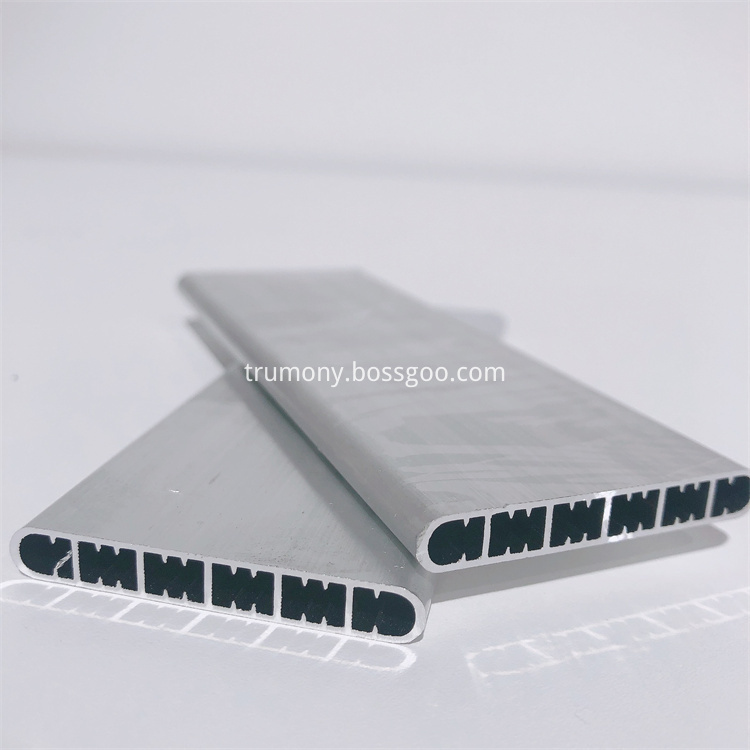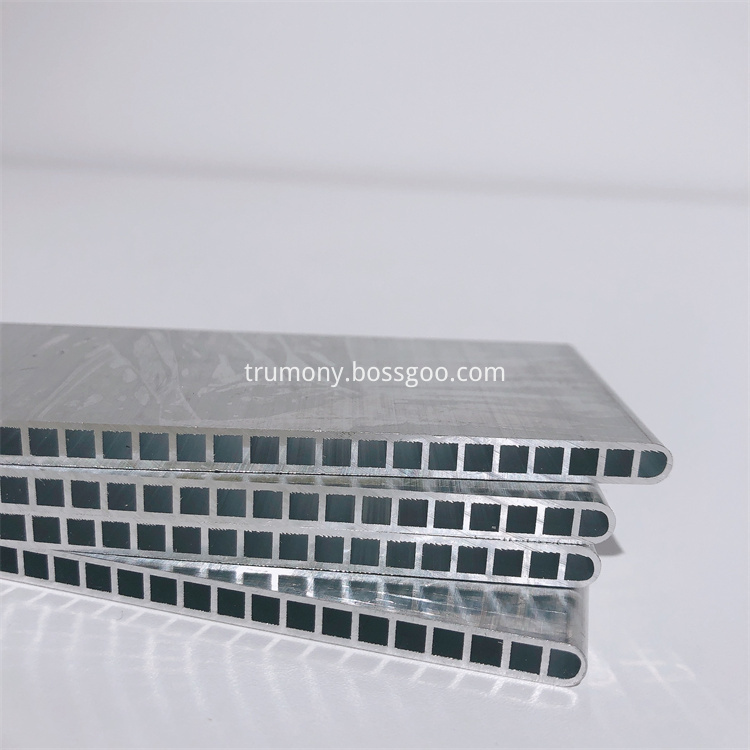Effect of Compressed Air Micro-Blasting Treatment on Permeability of Poplar
The effect of compressed air micro-blasting treatment on the permeability of poplar wood - Yan Xue Yang Yongfu Wang Tianlong Qin Xueyu Yang Mu has gradually become the main material of China's wood processing industry.
It has the characteristics of long annual growth, fast growth and wide adaptability. It is widely planted in the north and south of China and has abundant resources. The color of the wood is light, and the natural and beautiful texture is pleasing (=1 visual perception, low density, easy to process, and has potential for development in the field of furniture decoration materials. However, due to the loose structure and relatively poor material of poplar fiber The characteristics of high moisture content and perishable raw materials make the application range limited, mainly used in the fields of artificial board, papermaking, etc. m. In order to further improve the utilization of poplar resources, the modification research on poplar More and more. There are two main ways to modify the permeability of wood before s, one is the pit system; the other is the cell wall capillary system. In recent years, there have been many researches on the pit system, such as high temperature twisting, Vacuum infusion, steam explosion treatment, microwave treatment, etc., all methods have improved the permeability of wood to varying degrees, but the conditions of high temperature, high pressure and vacuum treatment, the maximum pressure that the pressure vessel can withstand is 2.5MPa, which can be quickly Release the pressure to atmospheric pressure.
1.3 Method 1.3.1. Comparing the permeation mean value of the treated specimens with the average permeation value of the untreated control group, it was found that the average permeation values ​​of the specimens in the radial direction and the chord direction after the micro-blasting treatment were the average of the infiltration of the control group. 3 times, it can be seen that the permeability of the test piece is significantly improved after the treatment. The difference between the chord direction and the radial direction of the tested specimens was analyzed separately. It was found that the initial moisture content, burst pressure and number of blasting had the same order of influence on the radial penetration depth and chord penetration depth of poplar, both: initial moisture content > Burst pressure > number of blasting.
Table 2 Permeability mean and data analysis A (initial moisture content) B (micro-blasting force) C (micro-blasting times) radial chord to radial chord to radial chord to control group very poor R f value significant sig. When the value of si is less than 0. ,, the W element is judged to be a significant W element; when the value of 1sifr is less than 0.05, the W element is judged to be extremely significant.
2.2 The effect of initial moisture content on the permeability of poplar after micro-blasting treatment of compressed air is as shown. Under the same treatment conditions, the initial moisture content of the test piece increases from 15% to 60%, and the radial penetration depth increases. 1.4mm, 1.5 times higher, and the chord penetration depth increased by 0.7mm, an increase of 0.43 times. Under the condition of microburst pressure and frequency, with the increase of initial moisture content of the test piece, the specimen after micro-blasting treatment, + radial penetration depth - one chord penetration depth, radial penetration depth and chord penetration depth Increased. See also Table 2. In the analysis of variance, the initial moisture content factor has a significant effect on the radial permeability during the blasting treatment in terms of radial penetration and chordwise penetration. The main reason is that during the blasting process, the instantaneous impulse of compressed air and water molecules acts on the wall of the conduit and the cell wall, destroying the microstructure of the wood, thereby opening up the internal permeation channel of the wood, so that the permeability is improved.
2.3 The effect of compressed air micro-blasting treatment pressure on poplar permeability As shown in Table 2, under the condition that the initial moisture content and the number of blasting times of the test piece are different, the bursting pressure is different, and the permeability of poplar specimens is different. As the microburst pressure increases, the radial penetration depth and the chord penetration depth increase. When the pressure increases by O.IMPa, the radial penetration depth increases by 0.10~0.17mm, and the chord penetration depth increases by 0.12~0.16mm. In the analysis of variance, the sig. values ​​of the blast pressure factors in the radial penetration and the chord-direction penetration are 0.062 and 0.572, respectively, and 0.062 < 0.1, which can significantly affect the radial permeability in the micro-blasting treatment. The increase in the overall penetration depth is mainly due to the rupture of the inner part of the wood, which is ruptured under the impact of the moment of pressure release. The greater the pressure, the greater the impact force on the crepe film during pressure relief, and even the pit The edge cracking connects the two holes, and the more cracks on the holes, the better the permeability. The moment of pressure release also destroys the capillary system inside the wood, making the liquid flow more smoothly inside the wood. Pressure. When the force is l.OMPa, the penetration depth suddenly decreases, which may be because the part of the test piece is located in the upper part of the self-made groove when the test piece is immersed, the underwater pressure caused by the dyeing liquid is small, and the penetration effect is not good.
2.4 The effect of the number of compressed air micro-blasting treatment on the permeability of poplar wood The effect of micro-blasting Ik force (MPa) bursting pressure on the lateral permeability of poplar wood As shown, the penetration depth of poplar specimens is different under different micro-blasting times. The penetration depth and the chord-direction penetration depth fluctuate between 1.5 and 2. mm, and the relationship between the penetration depth and the number of blasting tends to be horizontal, and there is no significant trend. From the analysis of variance, the sig. values ​​of radial penetration and chordwise penetration are 0.567 and 0.985, respectively, both of which are greater than 0.1. The number of blasting in microburst treatment has no significant effect on the radial and chordwise permeability. It can be seen that the more the number of blasting, the better the permeability of the test material. This may be because during the repeated blasting, the pressure distribution inside the conduit is complicated, causing the plugging of the plug to cause blockage of the passage inside the conduit, thereby reducing the permeability.
2.5 Influence of compressed air micro-blasting treatment on mechanical properties of poplar wood The treated poplar wood was dried to an equilibrium moisture content of 12%. No micro-blasting times were found. The number of micro-blasting times had a cracking effect on the lateral permeability of poplar. The bending resistance tests were carried out on the universal testing machine for the treated and untreated materials, and the results are shown in Tables 3 and 4. The maximum bending force, static bending strength and elastic modulus of the test material vary slightly between the treated material and the untreated material, mainly due to the maximum bending force of each mechanical property index under different pressures of the wood itself (kN). ) Static bending strength (MPa) elastic modulus S (MPa) untreated Table 4 for the same pressure, different blasting times, various mechanical properties, blasting times, maximum bending force (kN), static bending strength (MPa), elastic modulus, most (MPa), untreated (Continued on page 29) Effect of compressed air micro-blasting treatment on the permeability of poplar - Bai "1 Yang Yongfu Wang Tianlong Qin Xueyu Table 3 Main performance indicators of MUF resin Performance indicators Test results Viscosity (S) Appearance transparent liquid matrix Containing Mr/r) Free 1丨1 aldehyde content Tao formaldehyde release 丨iUmg/L Wide storage IS Qualitative (<1) is based on the release value of the S-plate of the resin M stained thin wood, one-time hot press forming After that, the rubber layer between the thin wood and the shavings slab is not cracked, and the formaldehyde emission reaches the level of GBAT9846.3-2004E.
4 Conclusions) MUF resin with excellent synthetic properties.
The initial viscosity is low: that is, the resin is used for impregnation. 2mm thick thin wood, after 2 hours of impregnation of thin wood, the thin wood does not stick to each other.
Good bonding strength: Cover the immersed veneer into the pre-molded particle board slab, and then put a veneer on the veneer to form a 5-layer veneer-planing composite board. The combined slab Together with hot pressing, that is, one molding, it is ensured that the contact between the thin wood and the opposite side of the veneer does not crack.
Aluminum Micro channel Tube is a kind of extruded tube with lots of holes.It has good performance in heat exchange area.It is normally used in producing aluminum condensor. The key technic to produce Aluminum Micro channel Tube is the tooling. Trumony has its own tooling team.Which enables Aluminum Micro channel Tube continues quality and fast delivery.There are also plain surface Aluminum Micro channel Tube and Aluminum Micro channel Tube with surface Znic spray. Znic Spray will be better corrosion resistance.We have a list of ready tooling which enables our clients to choose and reduce their invention cost. Looking forward to your cooperation.


Condenser tube,Oil Cooler Tube, aluminum micro pipe, 3003 aluminum micro channel pipe, brazing aluminum micro channel pipe
Trumony Aluminum Limited , https://www.szaluminumplate.com